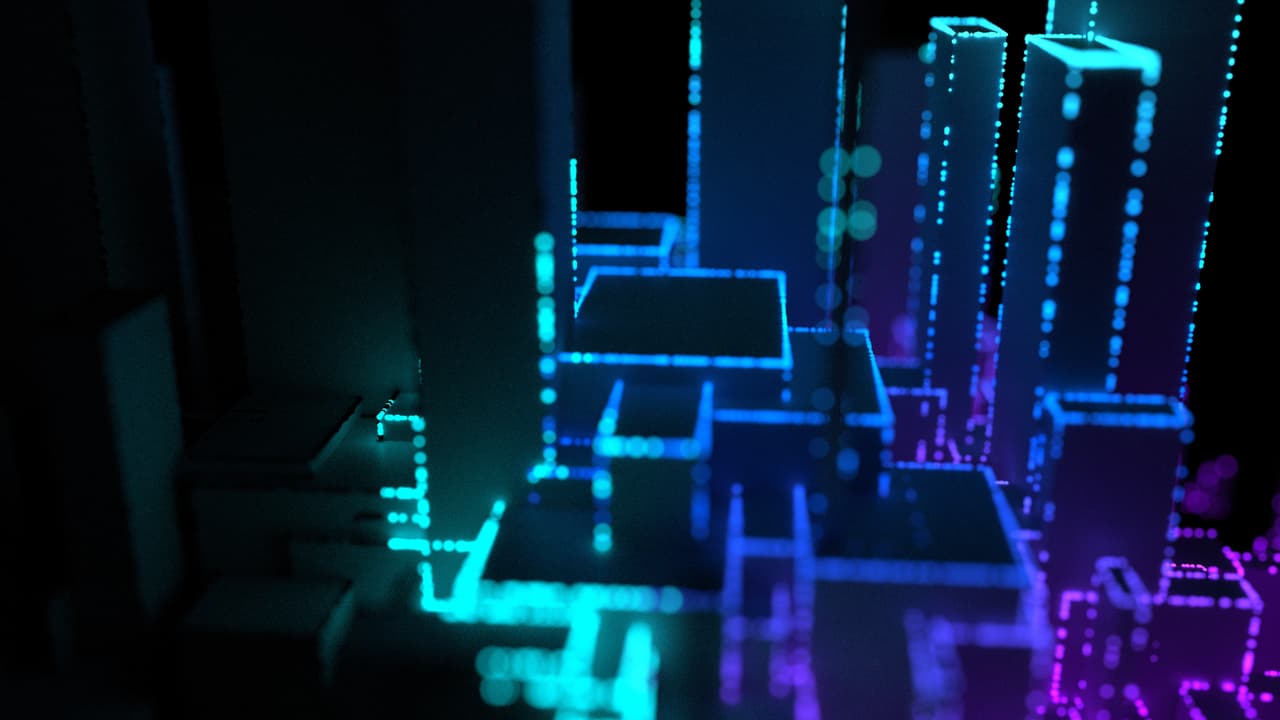

Monday — July 19, 2021
Edge Devices Are Poised to Become Even Smarter


By Fredrik Nilsson
VP Americas, Axis Communications, Inc.
Trends, Topics and Technologies


Design Cells / iStock / Getty Images Plus via Getty Images
Teambuilding is an important element of any sport, and the ability to identify the right players to fill the right roles is critical. After all, players like Tom Brady and Patrick Mahomes II are among the most talented the sport of football has ever seen, but they can’t do it alone. They need a strong supporting cast around them, strengthening every phase of the game. A single player won’t win a Super Bowl — but a team featuring strong, complementary talent at every position can be almost unstoppable.
In many ways, the modern security industry follows a similar script. This year marks the 25th anniversary of the introduction of the IP camera (the AXIS NetEye 200), and in the intervening years a wide range of complementary intelligent IoT edge devices have been added to security arsenals. Tools like IP radar detectors, thermal cameras and advanced IP audio solutions have added new detection capabilities, while the advent of analytics has facilitated greater data collection and analysis. Today, these tools can be integrated within unified, open-platform architectures, allowing enterprise to put them to use in exciting new ways. Cameras, sensors and other devices once thought of as security tools are now adding significant value to areas like operations and business intelligence, transcending the technology’s security-based roots.
Recent Advancements Have Created Vast New Possibilities
The idea of analytics is hardly a new one, but limited processing power and imperfect algorithms impacted how useful analytics could be within the security space. And sending captured video to an external server for processing was not a realistic solution due to bandwidth and storage limitations. Today, things have changed considerably. Vast increases in processing power mean that IP cameras no longer need to relay data to the server for processing — it can be done on the device itself without leaving the network edge. This growth in edge computing has made advanced analytics solutions not only more practical, but more accurate as well.
Using deep learning, today’s cameras can be trained to tell the difference between a human and a deer, track detected activity by panning, tilting and zooming, and even detect aggressive behavior so that security teams can be notified before an incident takes place.
Sound, too, has enjoyed an expanded role amid these new capabilities. Modern audio solutions can be trained to detect specific noises indicative of a potential security incident, such as breaking glass, gunshots and raised voices. Audio analytics have also allowed security teams to gain context for potential security incidents: for instance, what looks like an assault on video might be revealed to be two teenagers joking around with the addition of audio. During the COVID-19 pandemic, this combination of video and audio analytics has been particularly useful. Sensors can help monitor patients for coughs, cries and other signs of distress, while video analytics can detect whether visitors are wearing masks or adhering to social-distancing guidelines.
Vast increases in processing power mean that IP cameras no longer need to relay data to the server for processing — it can be done on the device itself without leaving the network edge.
This last point highlights a few of the ways that modern sensors have expanded the definition of “security.” While it remains as important as ever to record visual evidence of crimes like trespassing, shoplifting, assault and others, applications like verifying proper PPE usage and patient care are keeping people safe in other ways. These uses span a wide range of industries.
Thermal cameras have been deployed within energy plants and other industrial settings to detect when certain temperature thresholds have been reached, or even to detect chemical leaks invisible to the naked eye — potentially preventing costly and damaging disasters. Likewise, sound analytics have been deployed in factory settings, alert for grinding, rattling or other sounds that might indicate machinery is not functioning as intended. These capabilities might once have sounded like science fiction — but today’s advanced chipsets and ever-growing processing power have made them a reality.
The security industry’s embrace of open-platform solutions has helped to facilitate this shift toward more impressive analytics capabilities. Working with open-platform security solutions encourages innovation and best-of-breed solutions while helping organizations avoid becoming locked into a single manufacturer’s product line, ensuring that they will always have options to choose from. It also allows them to integrate new technology into their existing security solution as it becomes available, keeping their setup both flexible and scalable. By shifting away from proprietary solutions and siloed product lines, forward-thinking organizations can remain agile and adaptable, ready to respond to new trends and developments as they arise.
This Is Only the Beginning
As technology evolves, the capabilities of IP cameras and other modern sensors will only become more impressive. Edge-based deep learning processing is making devices more powerful than ever while further incentivizing developers and enterprises alike to move solutions to the edge. Combined with the flexibility offered by modern open-platform solutions, this means that organizations can build a security setup that works for them — whether they are looking for traditional perimeter security, employee health and safety solutions or industrial monitoring. The integration of smart video solutions, audio monitoring, advanced analytics and other tools within an open-platform structure has put unprecedented resources in the hands of enterprises, and as processing power increases and more advanced chipsets hit the market, their capabilities will continue to increase.
July 19-21, 2021 • www.iscwest.com


